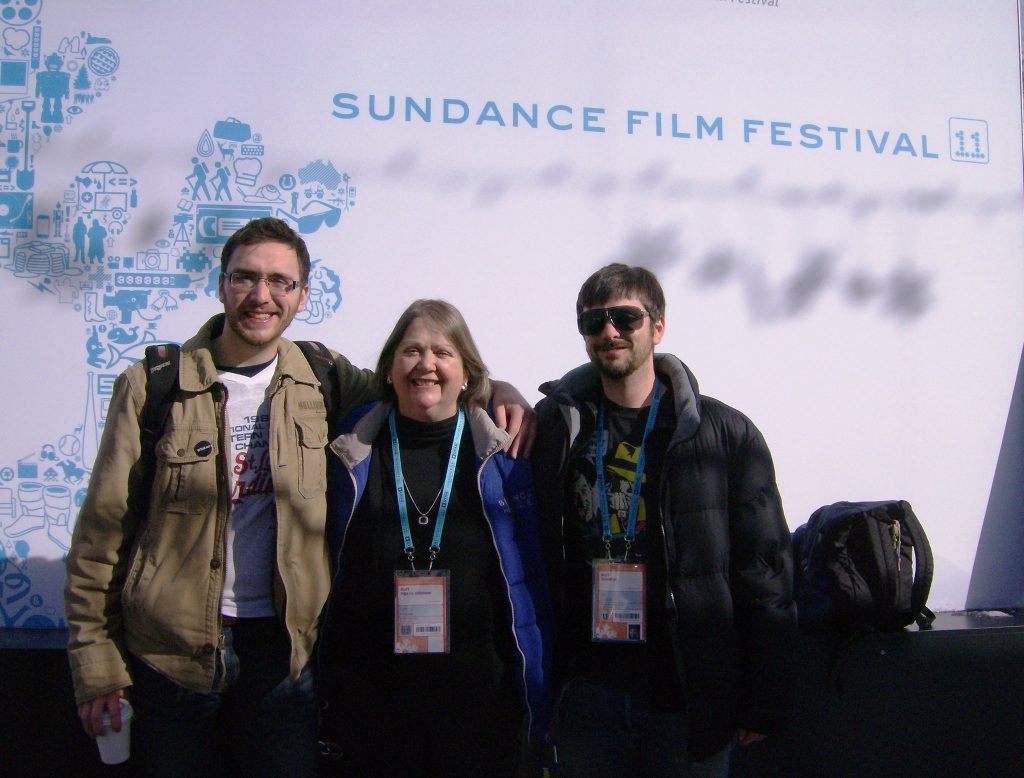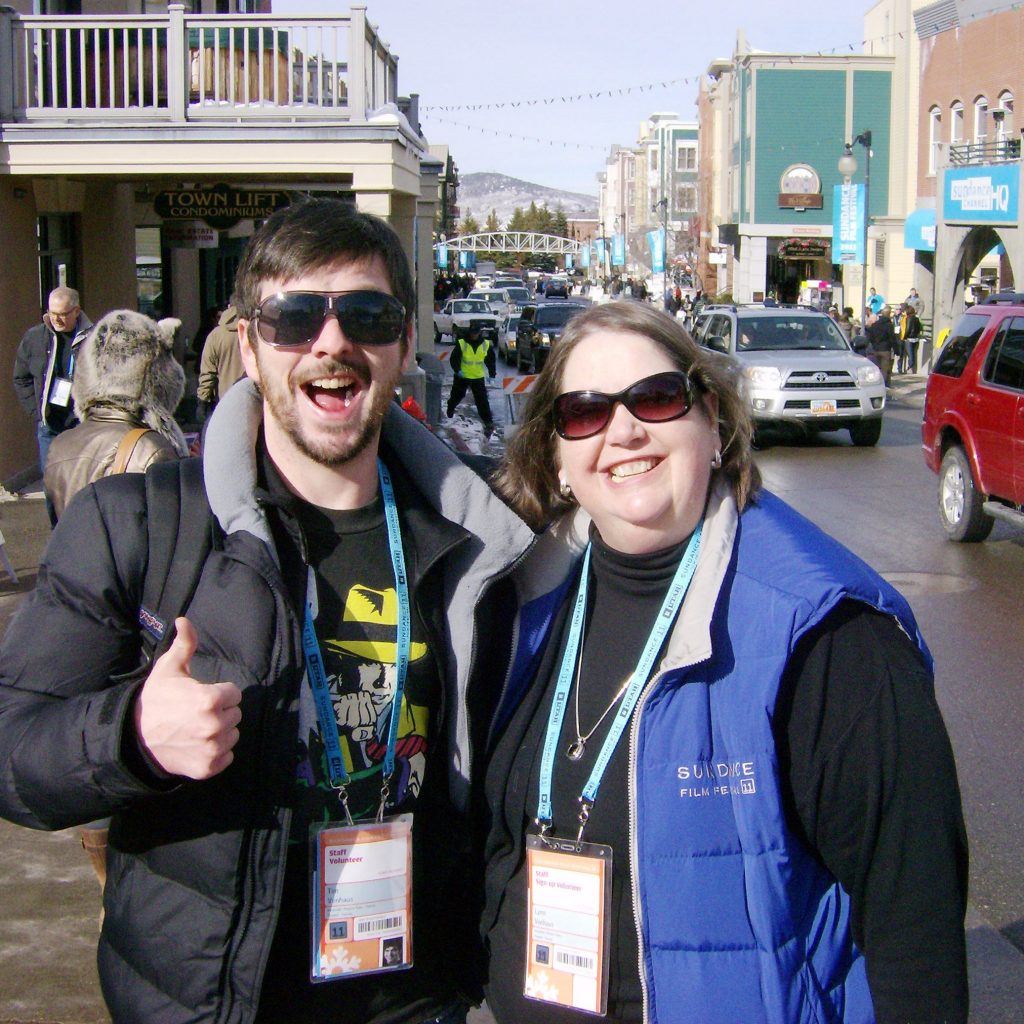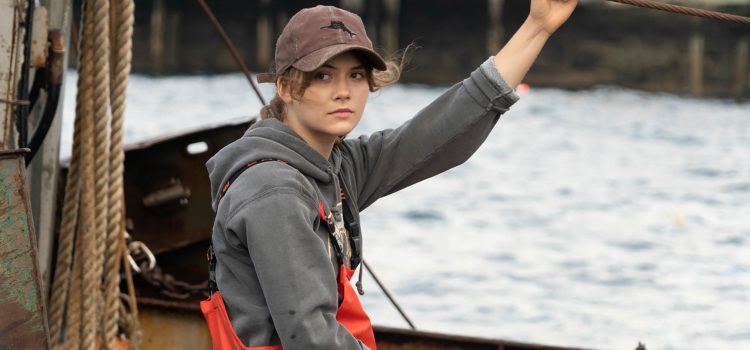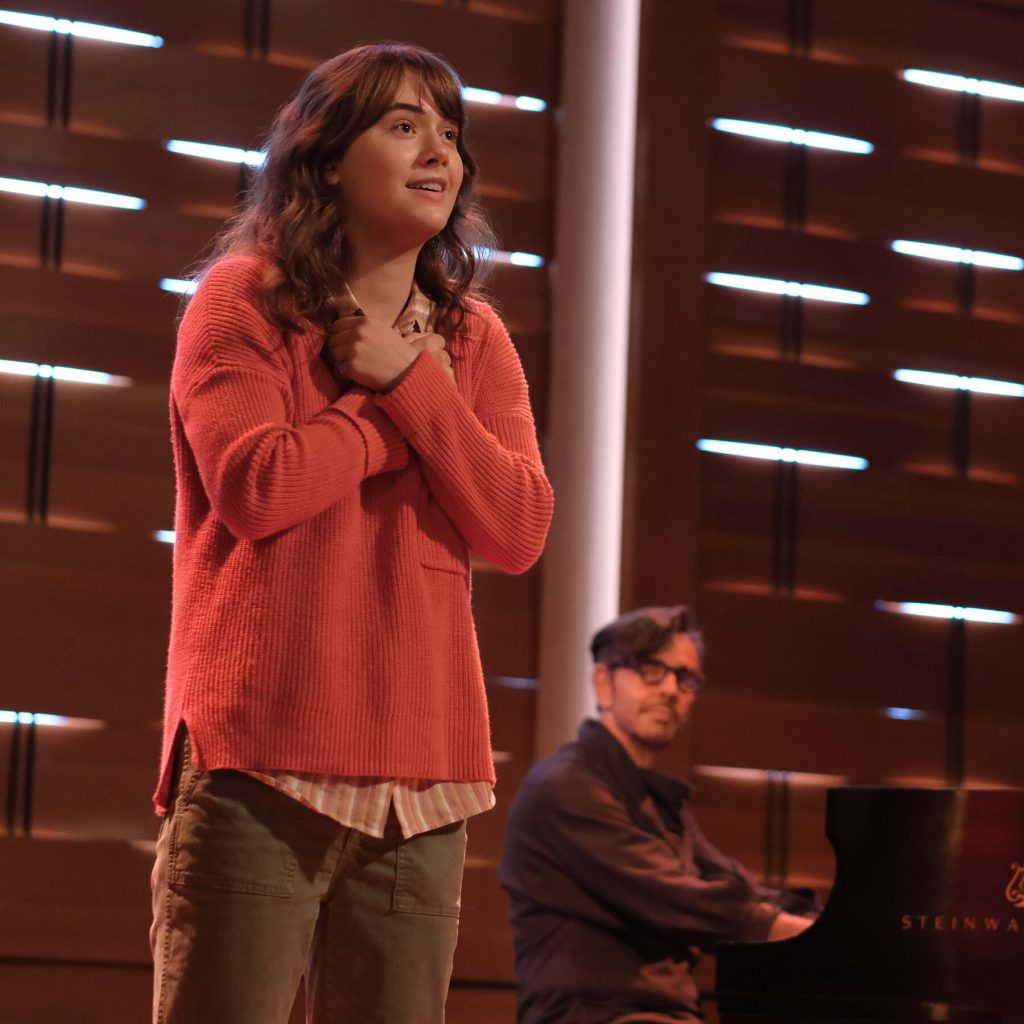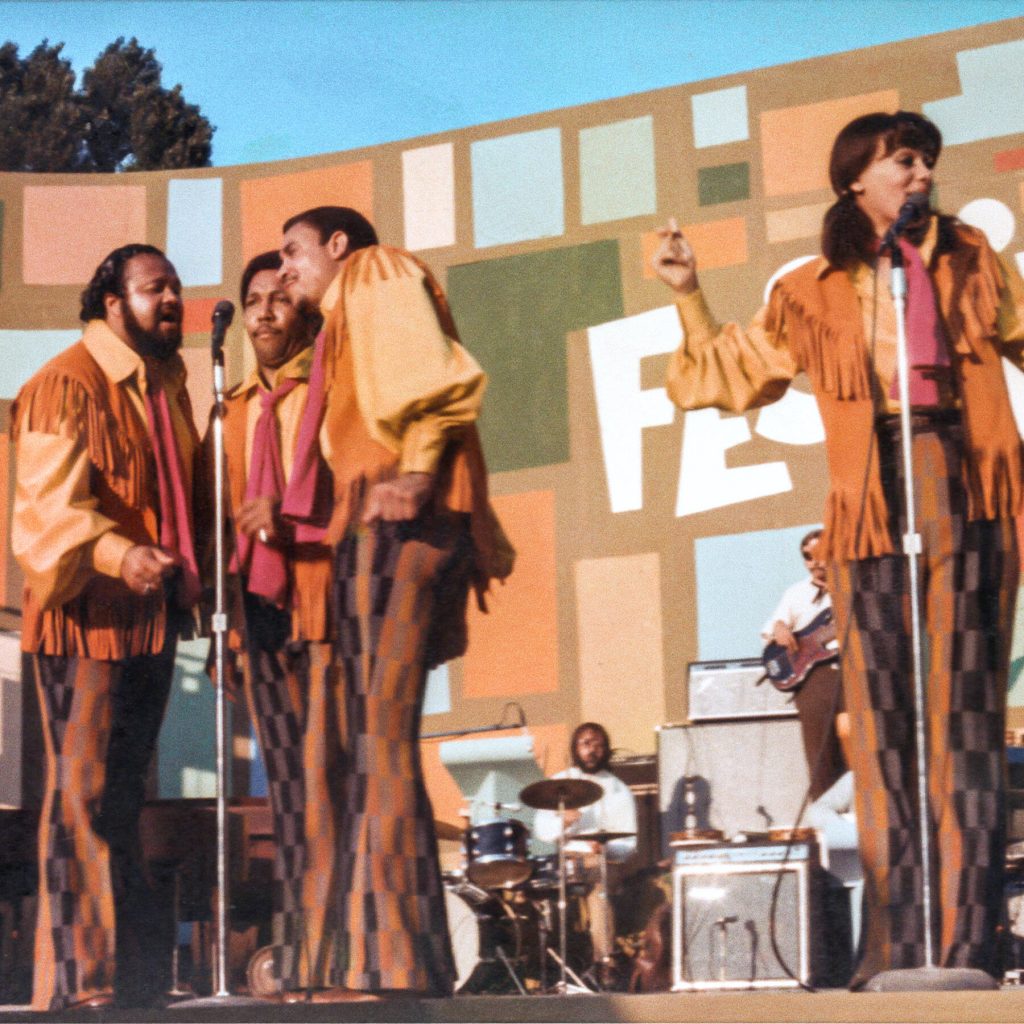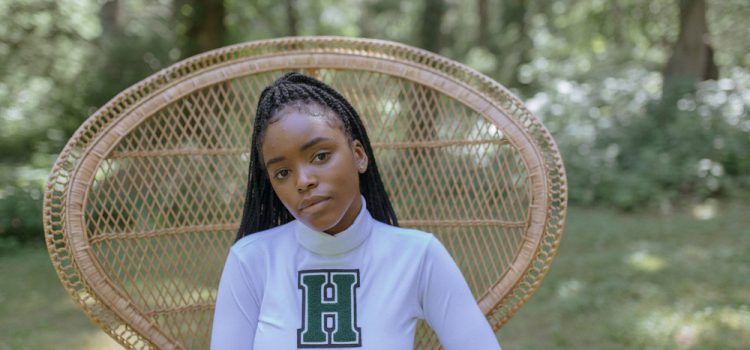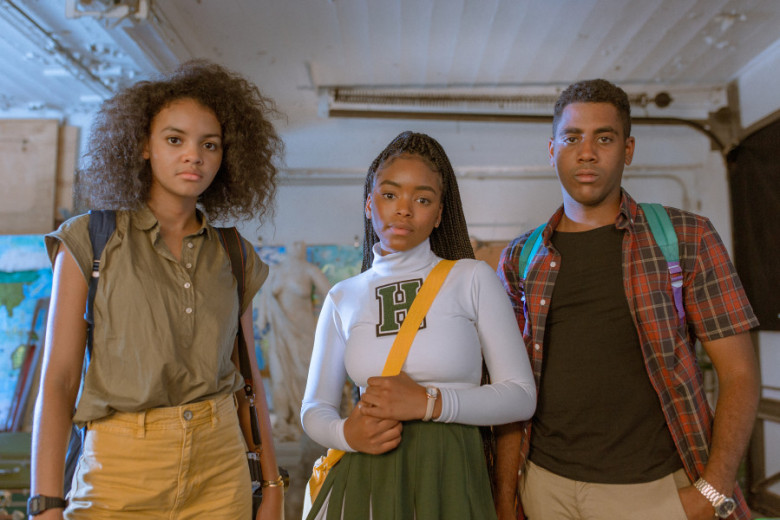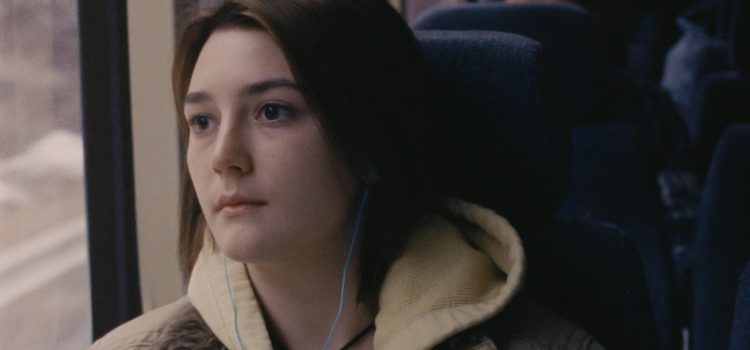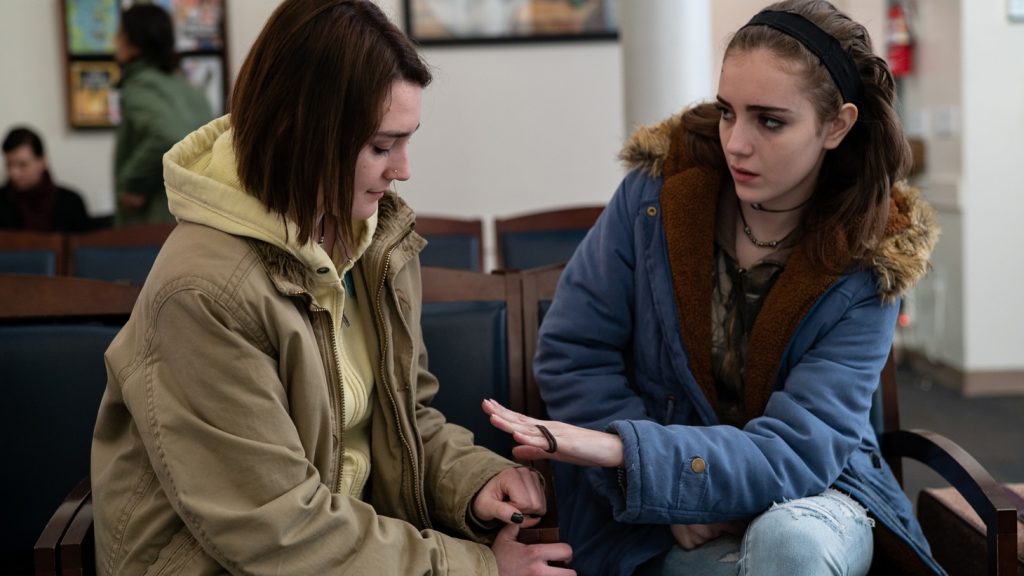By Lynn Venhaus
A well-acted, well-written satirical comedy about organized religion manipulators has one major obstacle: Its subject matter is icky.
And infuriating. And such easy targets.
In the aftermath of a huge sexual-misconduct scandal, Trinitie Childs (Regina Hall), the first lady of a prominent Southern Baptist megachurch, attempts to help her disgraced pastor-husband, Lee-Curtis Childs (Sterling K. Brown), rebuild their congregation.
As we’ve seen in headlines and tabloids, in the name of the Lord, some so-called Christian leaders who are respected and admired prey upon the vulnerable and the devout, which is disgusting and disturbing
Because the two disingenuous lead characters are so unlikable, it’s not only a skin-crawling watch, but a hard sell.
Similar real-world scandals have become commonplace, therefore, a narrative about such thoroughly reprehensible people is tough to endure, even when sharp barbs and the audacity of it all lands a laugh.
Nevertheless, the performances are stellar – Sterling K. Brown and Regina Hall give the characters more depth than written. It would be easy to make buffoons of the deceitful pastor and his conspicuous consumer wife attempting to redeem themselves and return to an extravagant lifestyle.
The Emmy-winning Brown, a native St. Louisan, tries to evoke sympathy as Lee-Curtis, but his role is too slimy and loathsome as an egotistical preacher convinced that they are entitled to live lavishly because of the work they do saving souls.
But oh, those deadly sins – lust, greed, pride, and envy — keep surfacing. Their personal demons can’t be so easily dismissed, no matter how much they pray away.
Childs confessed to his weaknesses, but this false prophet’s proclivity for down-and-out young men isn’t forgotten. While he is steadfast and focused on a comeback, hiring a documentary crew to film their work preparing the church to re-open, his hubris gets in the way.
Hall has more to do with her character’s arc as a clueless shopaholic who has pledged her loyalty, but slowly realizes that believing people will follow them back is folly – and frustrating, humiliating, and pathetic. Having her stoop to grovel roadside in mime-face is nearly the last straw.
It doesn’t help that former congregants now run a rival church opening on the same day. Nicole Beharie and Conphidance excel as Shakura and Keon Sumpter, a faithful couple in sharp contrast to the Childs’ pretensions and extravagance.
Austin Crute is memorable as one of Lee-Curtis’ victims, Khalil.
When reminders of the scandal won’t disappear, Childs gets more desperate — and the puffery gets more grandiose.
Writer-director Adamma Ebo developed her 15-minute short film she made in 2018 into this feature, her first, which debuted at this year’s Sundance Film Festival. It is produced by her twin sister, Adanne Ebo.
John Collins’ production design is an eye-popping example of over-the-top opulence to portray the gaudy excesses of the Childs, their ostentatious mansion, and their ornate megachurch.
Costume designer Lorraine Coppin has assembled glamorous outfits for Hall, so that her character is flashy and elegant at the same time, perfectly coordinated and coifed for each look.
Maurice Norris has crafted a soundtrack superbly blending secular and gospel music.
At 1 hour and 42 minutes, one thinks a more succinct version would have worked just fine for the same effect.

“Honk for Jesus. Save Your Soul” is a 2022 comedy directed by Adamma Ebo that stars Sterling K. Brown, Regina Hall, Conphidance, Nicole Beharie and Austin Crute. It is rated R for language and some sexual content and has a run time of 1 hour, 42 minutes. It is in theaters and streaming on Peacock beginning Sept. 2. Lynn’s Grade: C+

Lynn (Zipfel) Venhaus has had a continuous byline in St. Louis metro region publications since 1978. She writes features and news for Belleville News-Democrat and contributes to St. Louis magazine and other publications.
She is a Rotten Tomatoes-approved film critic, currently reviews films for Webster-Kirkwood Times and KTRS Radio, covers entertainment for PopLifeSTL.com and co-hosts podcast PopLifeSTL.com…Presents.
She is a member of Critics Choice Association, where she serves on the women’s and marketing committees; Alliance of Women Film Journalists; and on the board of the St. Louis Film Critics Association. She is a founding and board member of the St. Louis Theater Circle.
She is retired from teaching journalism/media as an adjunct college instructor.



